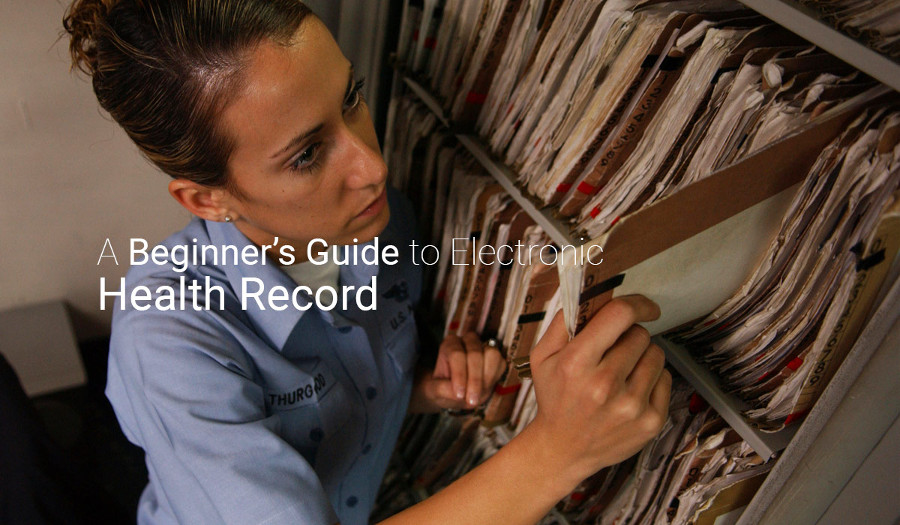Today, across India and also in many other countries across the world you can see people from diverse backgrounds practising and getting oriented to yoga. Over the past few years, yoga has become immensely popular around the world and it’s adoption has been increasing at an increasing pace. Through body postures and oneness exercises, yoga brings about progress and well-being not just physically but emotionally and spiritually as well.
It all started around 5000 years ago, where the first references of yoga have been found as palm-leaf inscriptions and oral knowledge passed over generations. Some researchers believe that yoga and the practice of it might have existed even earlier to that. Like many other spiritual and metaphysical ideas that has influenced human thinking across the world, yoga, again went from India to the West and came back more refined and aligned to modern scientific practices, as an effective solution to many of our physical and spiritual concerns.
When you try to trace the history and development of yoga, you can classify it’s history into four distinct eras.
Pre-classical Yoga
It was the region of Indus-Sarasvati, where one of the first instances of yoga developed. Rig Veda, which is considered to be the world’s oldest sacred text, had some of the earliest mentioning of yoga. Apart from songs, hymns, rituals and mantras saints, rishis and yogis practised yoga and documented their experiences in Upanishads. One of the most prominent scriptures of the Upanishads is the Bhagavat Gita, which laid the foundation of practice of ego sacrifice through action, wisdom and knowledge about oneself, talks about the inner struggle for self-mastery and the attainment of happiness through yoga.
Classical
After its earlier advent, there appeared to be a few contradictions and confusions among the yogic practices. It was not until the Classical era that the practices of yoga were standardised. Yoga was first given a systematic approach through Patanjali Yoga Sutras, which classified the practice of yoga into 8 stages. Each step gradually led towards Samadhi or ultimate enlightenment. The Patanjali yoga is regarded as the father of Yoga and is a major influence in modern day yogic practices.
Post-Classical
After the advent of Patanjali yoga, the rishis and saints formulated a concept of yoga practices that revolved around body and life force. Tantra yoga was developed as a way to cleanse the mind and body for the attainment of enlightenment. This deep exploration in the connection between mind and body that was started by tantra yoga – physical and spiritual nature – led to the development of Hatha yoga later.
Modern Era
It was the early 1900’s, that yoga began crossing international frontiers and barriers. Its healing and self-exploratory nature attracted immense following from people of other continents. Further it’s proponents and practitioners travelled, the more it gained patronage. The speech of Swami Vivekananda in Chicago at the 1893 Parliament of Religions was a critical turning point in the spread of yoga to the west. As far as Hatha yoga is concerned, the works of T.S Krishnamacharya was prominent. His contribution and popularisation of practices garnered mass attraction in the West and the spread of yoga achieved its peak when Indra Devi established a studio in 1947 in Hollywood.
Practice of yoga is on the cusp of another major revolution as it is getting integrated into all popular health and wellness practices. Such modern wellness solutions are information driven and use data gathered during it’s practice to continuously improve their effectiveness. It is now an accepted wisdom that you can impart better treatment agendas and wellness practices in your yoga retreat when you use modern technologies like Electronic Health Records(EHR) to combine problem diagnosis and treatments with other health data of the person. Further, a living science such as yoga, has to continuously use data generated during practice to validate its effectiveness, evolve better protocols and create a paradigm shift in healthcare to the management of holistic wellness.
To know how technology can bring about change in your yoga retreat, please read more about AyushEHR.





